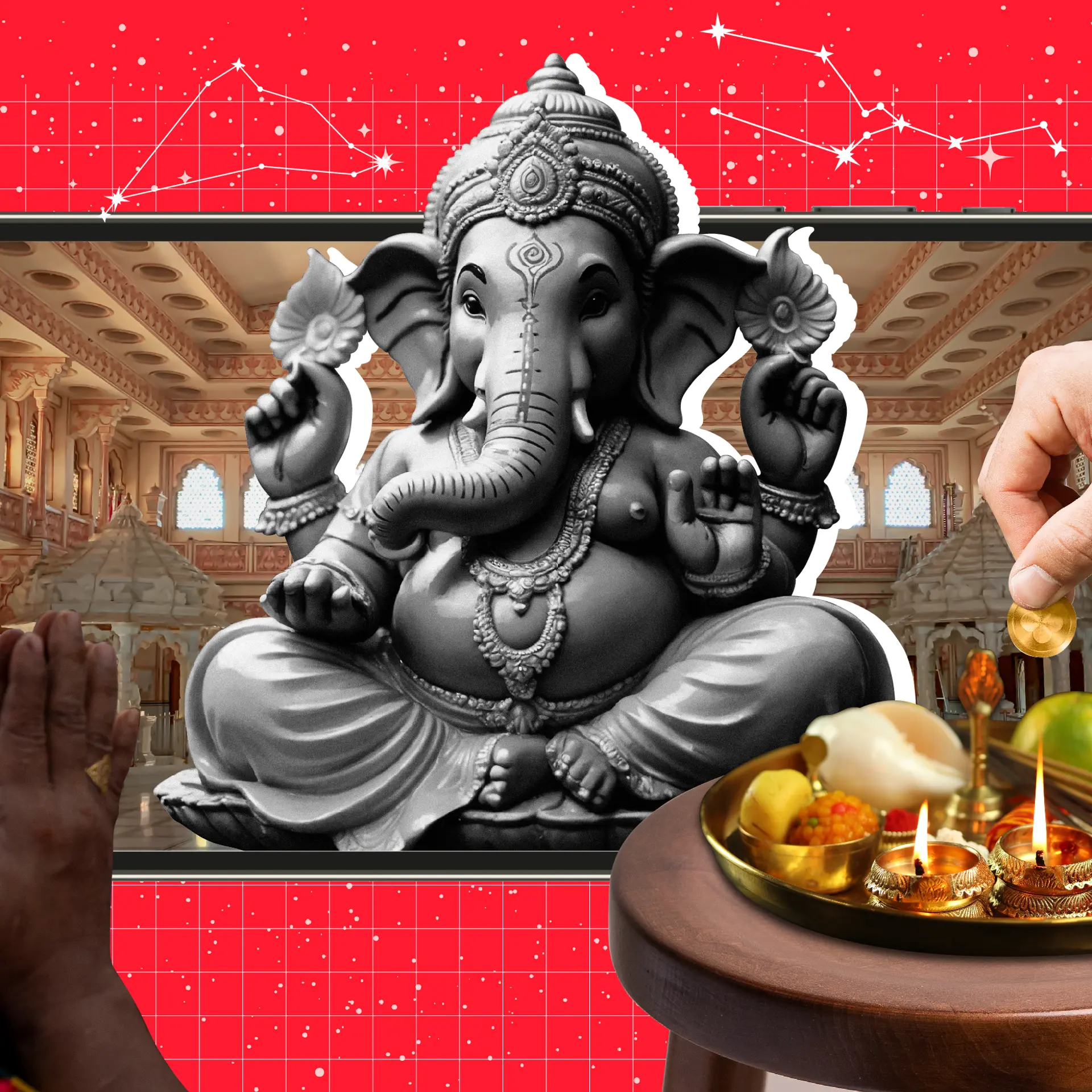Tech, knowledge, culture: digital transformation tips and stories from Singapore’s first CIO
This books shares highlights from three decades of change in the IT industry, and the important role of the CIO in enabling productivity, quality, and innovation.
Launched in 2012, YourStory's Book Review section features over 300 titles on creativity, innovation, entrepreneurship, and digital transformation. See also our related columns The Turning Point, Techie Tuesdays, and Storybites.
Insights and stories on riding the “technology tiger” in an enterprise are well captured in the book, Leading with IT: Lessons from Singapore's First CIO, by Alex Siow.
Topics covered include management of IT infrastructure and applications, information processing, knowledge management, data governance, cybersecurity, change management, and organisational culture.
Alex Siow was CIO at Singapore’s Housing Development Board (1990) and later at Starhub. He is currently Professor in the School of Computing at NUS, and has been in leadership roles at industry IT associations. He studied engineering at Stuttgart Institute of Applied Sciences, and also served in Singapore’s armed forces.
“Technology is the backbone of modern business, society and government,” Alex affirms. Over waves of tech change, the role of the CIO has evolved, forging new relationships with the Chief Technology Officer (CTO), Chief Data Officer (CDO), Chief Knowledge Officer (CKO), Chief Innovation Officer, and Chief Information Security Officer (CISO).
“Technology has become a highway that cuts across the organisation,” the author describes. The role of the CIO cuts across the organisation, from a supportive to an enabling and partnership mandate.
The book is written in a compelling storytelling manner, and also integrates research from leading consultancies. A glossary of terms, chronology of events, and reference section would have been a welcome addition to the material.
Here are my key clusters of takeaways from the 270-page book, summarised as well in the table below. See also my reviews of the related books Innovation Ultimatum, Seeing Digital, Big Data @ Work, Fintech Future, Code Halo, The AI Advantage, and Machine, Platform, Crowd.

Legacy
The author traces some of the challenges of legacy systems right from the days of mainframes and the Y2K challenge. Transition strategies include patches, migration, and segregation.
This calls for systematic change in technology, skills and culture, since it impacts knowledge and comfort levels of staff. CIOs need to retool, rejuvenate, renew, and replace. Technology becomes a hindering legacy if it does not enable the organisation to transform and adapt to new changes, Alex cautions.
CIOs also need to master data centre configuration and operation, via own/lease or in-house/outsource options. Alex shares operational tips on location, flooring, physical and virtual security, and environmental monitoring systems.
Case studies are shared of ransomware attacks at Maersk, hacking attack on Sony Pictures, and supply chain disruption due to COVID-19. Multi-factor authentication, incident response planning, and adjustment to new work environments are key to implement.
With the proliferation of data, CIOs need to devise a robust master data management (MDM) solution for consolidating accurate and quality data. Data lifecycles, governance and security cover social media and machine-generated data as well.
“The CIO is the custodian of raw data,” Alex emphasises. This asset should be managed wisely for decision support systems to increase competitive advantage. The CIO plays the role of “technologist, sociologist, diplomat, and marketer.”
“Organisational data can be classified into three categories: operational data, tactical data, and strategic data,” Alex describes. CIOs should be adept in setting expectations for dataset owners and users, and sustaining high energy levels of data warehousing teams.

Information and knowledge management
The “deluge of information” leads to challenges in coping with information overload, dealing with inconsistencies, and making effective decisions, Alex cautions. As described by author Daniel Levitin, people need to become adept at what to “do, drop, defer or delegate.”
Alex traces the evolution of some of HDB’s plans with respect to tech roadmap, office automation, information security, quality management, and IT training. He offers tips like avoiding “email derail” due to frequent interruptions, and taking breaks and even occasional daydreaming as a way to reset energy and boost creativity.
Many IT projects may not fulfil promises of time, budget, functionality, and quality, Alex cautions. Poor scoping, frequent changes, and lack of project management skills are to blame.
“Your job as a CIO is to help the enterprise distill knowledge from information,” the author explains, with respect to knowledge management (KM). There are technical, cultural and even political issues involved in knowledge sharing, as seen in tendencies of some individuals and departments to hoard knowledge.
Alex describes some of HDB’s KM support systems such as expert systems, “Ask the Expert” search bar, and reward and recognition systems.
Sound KM support should enable knowledge creation, capture, organisation, access and share, thus facilitating the needs of a learning organisation. This includes feedback systems from employees and customers, shared knowledge assets, chatbots, social networking tools, and employee suggestion schemes.
Individual learning, innovative thinking, knowledge sharing connections, and clear metrics should be factored in. Mentoring and shadowing programmes help sharing of tacit knowledge.
Outsourcing IT services can help deal with talent shortages, harness world class capabilities, and build efficiency and resilience. Outsourcing is a more continuous process as compared to one-off contracting, Alex describes.
Care must be taken to specify SLAs, design metrics, safeguard critical data, and build competence to manage vendor partnerships. As examples of successful outsourcing, Alex cites WhatsApp, Alibaba, Slack, GitHub, Unilever, Skype, and Google.
There have also been documented failures in outsourcing, such as IBM and Queensland government; EDS and US Navy; Navitaire and Virgin Atlantic; RBS; and DBS Bank. Poor communication, loose contract language, lack of contingency plans, and over-reliance on a single vendor were to blame, Alex observes.
In an increasingly volatile and uncertain world, the CIO plays an important role in business continuity and disaster recovery. This helps regain business momentum, ensure customer satisfaction, build employee morale, protect brand reputation, and retain competitive advantage.
The business recovery plan should be clearly communicated to all stakeholders, and updated regularly. Alex describes incidents such as the ransomware attack on the City of Atlanta, lightning strike at Cantey Technology, virus attack on NHS, and hurricane disaster in Texas.
Documentation of vulnerabilities, robust password management systems, remote data backups, redundant datacom connections, cloud backups, and incident management systems help recovery in these cases.

Motivation
CIOs need to continually invest in hard and soft skills training. The CIO should be a “tech beacon” to attract and retain talent in a fiercely competitive landscape.
CIOs should give employees a sense of purpose and the “big picture”, and how they can fit into the larger vision and mission.
Hiring new talent and bringing them up to speed takes a lot of time and energy. Employees expect learning opportunities and support for training, along with other needs such as travel opportunities.
Mentors, coaches and sponsors play an important role, but care must be taken in choosing the right pairs, setting expectations, and adhering to metrics. Alex advises that mentors should have empathy and ethics, and have skills in storytelling.
Mentors should be willing to meet in informal settings as well, sometimes outside the office too. Mentors themselves can learn from mentees and benefit from their “fresh pair of eyes” insights. Mentees benefit from an understanding of skills and even politics of careers and workplaces, while mentors gain recognition, satisfaction and new soft skills.
A range of certification offerings has emerged from consultancies, tech firms and industry associations, such as IFIP, SFIA, SCS, ITIL, and PMI. Some kinds of training call for multi-faceted skills.
For example, project managers need to be more than “spreadsheet timekeepers”, and need to be adept in managing remote teams. Generic certifications should be supplemented with in-house training and specific case studies, Alex advises.
Training, blended learning, and refresher courses should be continuous, and not put on hold “till things slow down”, he cautions.
CIOs should also be adept in amicably resolving conflicts. Disputes, disagreements, discord, personality clashes, misunderstandings, rivalries, jealousies, favouritism, power struggles, and even sabotage exist in many organisations.
CIOs should avoid emotional outbursts even in the face of anger or frustration, Alex cautions. Calmly asking clarifying questions helps de-escalate the conflict. Multiple points of view should be articulated but also aligned.
“Solving problems is both a science and an art,” Alex describes. Judgment, overall direction, and commonsense help in this regard.

Change and quality
Even in the face of continuous change, the CIO must ensure quality of information, services and tools. Quality goals, policies and checklists should be clearly spelt out.
Alex cites SEI CMM (initial, repeatable, defined, managed, optimised) and ISO9001 (QMS fundamentals) as useful frameworks in this regard. The ITIL framework addresses service strategy, design, transition, operation, and continuous improvement.
Objectivity should be maintained with quantitative measures, and subjectivity with respect to emotions and agendas should be managed. Such a focus on quality can enable smooth operation of functions like e-commerce, CRM, and logistics.
Feedback should be solicited from users to improve service delivery. These can be through regular surveys and meetings, or through immediate submission of suggestions or complaint.
Helpdesk responses should be prompt and effective, otherwise they risk being derided as “helpless desks”, Alex cautions. IT support for helpdesks includes logs, FAQs, knowledge bases, discussion groups, KM platforms, and learning tools.
A mix of in-house and outsourced staff is required as an organisation scales. The help desk should be seen as a “valued partner” and not just a cost centre.
During times of transformation, roadblocks to change include fear, complacency, apathy, ignorance, and lack of skills, Alex cautions.
CIOs should commit to communication of the need and direction of change, active listening, and proactive involvement. Change champions should be supported, and rewards should be given to those who take initiative, experiment, and learn from failure. CIOs should build trust with employees via formal and informal channels.
The author’s “Creative Futuring” process includes environmental scanning, scenario planning, and collaboration. Externally, the CIO should participate in industry forums and contribute articles. Internally, this can also involve managing “naysayers and prophets of doom” and the “frozen middle” of change-resistant managers.

Innovation
Innovation strategy, structures and systems will help organisations succeed in the long run, and not just a “grab bag” of a few practices, Alex explains.
Innovation puts ideas to work – it combines creative ideas of employees with actual execution and action. Novel and appropriate ideas should be supported in a repeatable and sustainable manner for payoff.
CIOs support the organisation not just by “keeping the lights on” but fostering innovation. Staff suggestion schemes, hackathons, discussion forums, regular rewards for valuable ideas, learning from failure, and celebrating success are some suggested methods.
“Escape rooms”, creative “wine and painting” sessions, inspirational external podcasts, and engagement with entrepreneurs also helps. Creativity, trust, openness, and courage should be nurtured in the long run. Barriers of fear, risk aversion and self-preservation should be unblocked.
“Inspiring leaders build a safe workspace which encourages and embraces failure and rewards new ideas,” Alex observes. But at the same time, foolhardiness and negligence should not be encouraged.
Alex cites innovative companies like Samsung, which has a partnership with the Russian Academy of Science for the TRIZ methodology.
On the technical front, he points to big data analytics (BDA) and cybersecurity as areas where improvement and innovation are called for. Effective data governance can ensure “CIA” (confidentiality, integrity and availability) of data where and when needed.
The author profiles a range of BDA tools and languages such as Apache Hadoop, MongoDB, Tableau, and R. The initial “sandbox” focus should be on high-value opportunities and quick results. Ultimately, BDA should be embedded across workflows and become part of corporate culture.
Security considerations apply to information, applications, networks, operations, and business continuity plans. Security awareness and policies should be promoted across the organisation, Alex advises.
Biometrics, two-factor authentication, version control, access rights, encryption, device security, layered defence, and ethical hacking are some methods in use. The author urges CIOs to engage with national security boards in this regard, eg. SingCERT.
The author also urges IT professionals to volunteer to bring the fruits of ICTs to the masses via community groups, industry associations and government agencies. “As an IT professional, you have a social and moral responsibility to help the less-privileged benefit from the digital revolution,” he advises.

Future trends
Four guest authors contribute the concluding chapters on emerging trends, though the material could have a stronger focus on implications for the CIO.
A range of fintech startups is transforming the world of banking and finance, and corporates are engaging with them through incubators, accelerators and fintech labs. Incumbents are under pressure to change their “slow, multiday” processes like money transfers. The rise of superapps and blockchain are other trends to watch.
Platforms and AI are transforming the future of work. China has emerged as a major player in digital innovation at scale, and Singapore is trying to position itself as a digital hub by drawing on its strengths as a regional hub, digitally-savvy government, and small but agile population.
Ethical concerns in AI, such as bias in facial recognition and widespread use of surveillance technologies, are spurring ethical and governance frameworks of AI. They apply to data protection, law enforcement, and AI platforms.
The last chapter provides useful insights on the use of IT during the COVID-19 lockdowns in Singapore in 2020. A voluntary “Courage Squad” worked on IT infrastructure for isolation centres, driven by situational leadership and agile project management skills.
Contact tracing, safety protocols, and patient monitoring tools were designed and deployed in the face of a rapidly changing and uncertain environment. This included helpdesks, application support, and online training for medical staff.
Jim Lin Shien Min, healthcare sector lead at NCS, identifies a range of innovations that emerged in telehealth (patient self-check), asset tracking (RFID tags), automation (mobile device management), contact tracing (thermal cameras), and robotics (social distancing, disinfection).
Future trends to watch include input via gesturing, use of drones, online solutions for mental health, contactless e-commerce delivery, AR/VR in retail, cybersecurity in remote work environments, and tele-consultation.
In sum, the book provides a ringside view of the evolution of enterprise technology and how it affects the CIO. The blend of industry research, professional stories, and success tips is most useful for CIOs, aspiring tech leaders, and scale-stage startups.
YourStory has also published the pocketbook ‘Proverbs and Quotes for Entrepreneurs: A World of Inspiration for Startups’ as a creative and motivational guide for innovators (downloadable as apps here: Apple, Android).
Edited by Teja Lele






![[Year in Review 2020] Technology, talent, trust – 100 quotes of the year on digital transformation](https://images.yourstory.com/cs/2/28b451402d6a11e9aa979329348d4c3e/Economy3-1609336017851.jpg?fm=png&auto=format&h=100&w=100&crop=entropy&fit=crop)
![[Product Roadmap] How fintech startup NiYO leveraged technology to build an end-to-end banking experience for customers](https://images.yourstory.com/cs/2/a9efa9c02dd911e9adc52d913c55075e/PRM-1621336634030.png?fm=png&auto=format&h=100&w=100&crop=entropy&fit=crop)




